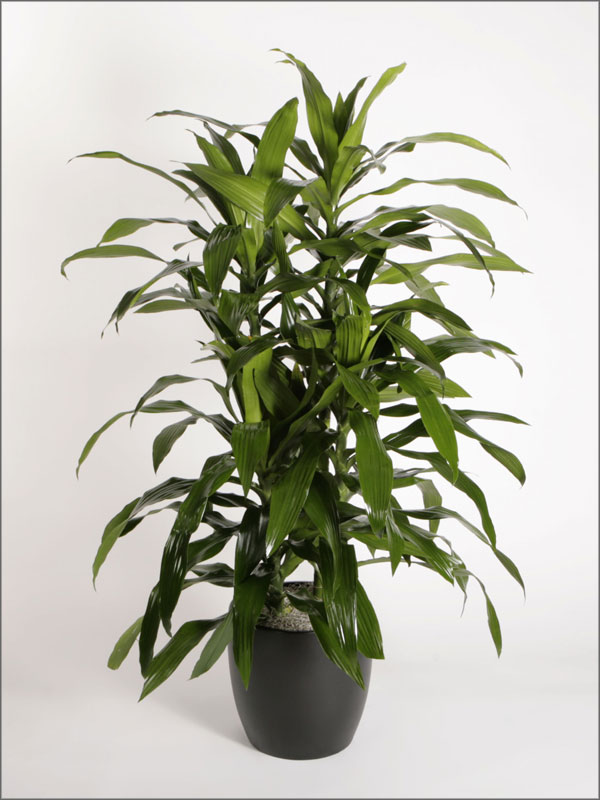Common Name: Emerald green
Light Needs
Filtered light
Water Requirements
Water weekly
Description:
A beautiful lush, tabletop plant with glossy dark, heart-shaped green leaves with compact growth and symmetrical appearance.
Most commonly used varieties: ‘Emerald Gem’ and ‘Home Alone’
A beautiful lush, tabletop plant with glossy dark, heart-shaped green leaves with compact growth and symmetrical appearance. These plants have thick tuberous roots, flowers massed together on a cylindrical spadix and a thickish leaf that tolerates interior low humidity fairly well.
They are members of the Araceae Family and have as first cousins such plants as pothos, Anthurium, Philodendrons and Spathiphyllum. Like their other family members they have thick tuberous roots, flowers massed together on a cylindrical spadix, and a thickish leaf that tolerates our interior low humidity fairly well. Knowing something about their family and also where they are native to, helps to water them properly. As you tend to them think about their thick root system, think about their cousin the spath that is such a big drinker, think about how similar they are to their other family members and water accordingly.
‘Emerald Gem’ has become a popular foliage variety because of its compact growth and symmetrical appearance. The semi-heart shaped leaves are tough, a bit textured, with a rich midnight green and shine as if waxed. The leaf size varies with maturity, but when finished in a 6” pot, the diameter will be about four inches across. They come from the grower in a 6, 8 or 10 inch pot size and are typically very full when delivered, with lots of leaves and have an abundance of roots, as well. They tolerate low light very well and look just great tucked into mixed containers. Use them as ground cover around palms and canes.
Homalomena do best in bright filtered light, but will tolerate low light…though the petiole will stretch and they will have less leaves overall in long-term, low-light conditions. Keep them away from direct sun, they bleach and burn. Also keep them away from cold drafts, they are a true tropical and can’t tolerate temperatures below 55 degrees. Check for water weekly, allowing the surface of the soil to dry down slightly, like a spath. Also, like a spath they will droop when they have gotten too dry. When dry, give them a drink through to the saucer and check them a second time to make sure they drink all of the water from the saucer.
Homalomenas can survive in low light and remind us to not leave them standing in a saucer full of water; over time this can cause root rot.
Check for water weekly, allowing the surface of the soil to dry down slightly. They will droop when they get too dry. When dry, give them a drink through to the saucer and check them a second time to make sure they drink all of the water from the saucer. Water Homalomenas with tepid water, they hate cold in any form. Fertilize at most three times per year with a balanced fertilizer. Blackening tips are symptoms of too much water. Do not leave them standing in a saucer full of water; over time this can cause root rot.
Homalomena do best in bright filtered light but will tolerate low light…though the petiole will stretch and they will have less leaves overall in long-term, low-light conditions. Keep them away from direct sun, they bleach and burn. Also keep them away from cold drafts, they are a true tropical and can’t tolerate temperatures below 55 degrees. Check for water weekly, allowing the surface of the soil to dry down slightly, like a spath. Also, like a spath they will droop when they have gotten too dry. When dry, give them a drink through to the saucer and check them a second time to make sure they drink all of the water from the saucer.
Like many of the Araceae Family members you need to watch for mealybug, scale and, of course, Cyclamen mites. Give them a gentle spray with soap and water on a regular basis or wipe them down with diaper wipes. Spider mites, mealybug, scale, thrips, and yes, even Cyclamen mites are pests of the Howeias indoors. Though saying that, many kentias will go years with no pest problems whatsoever.


